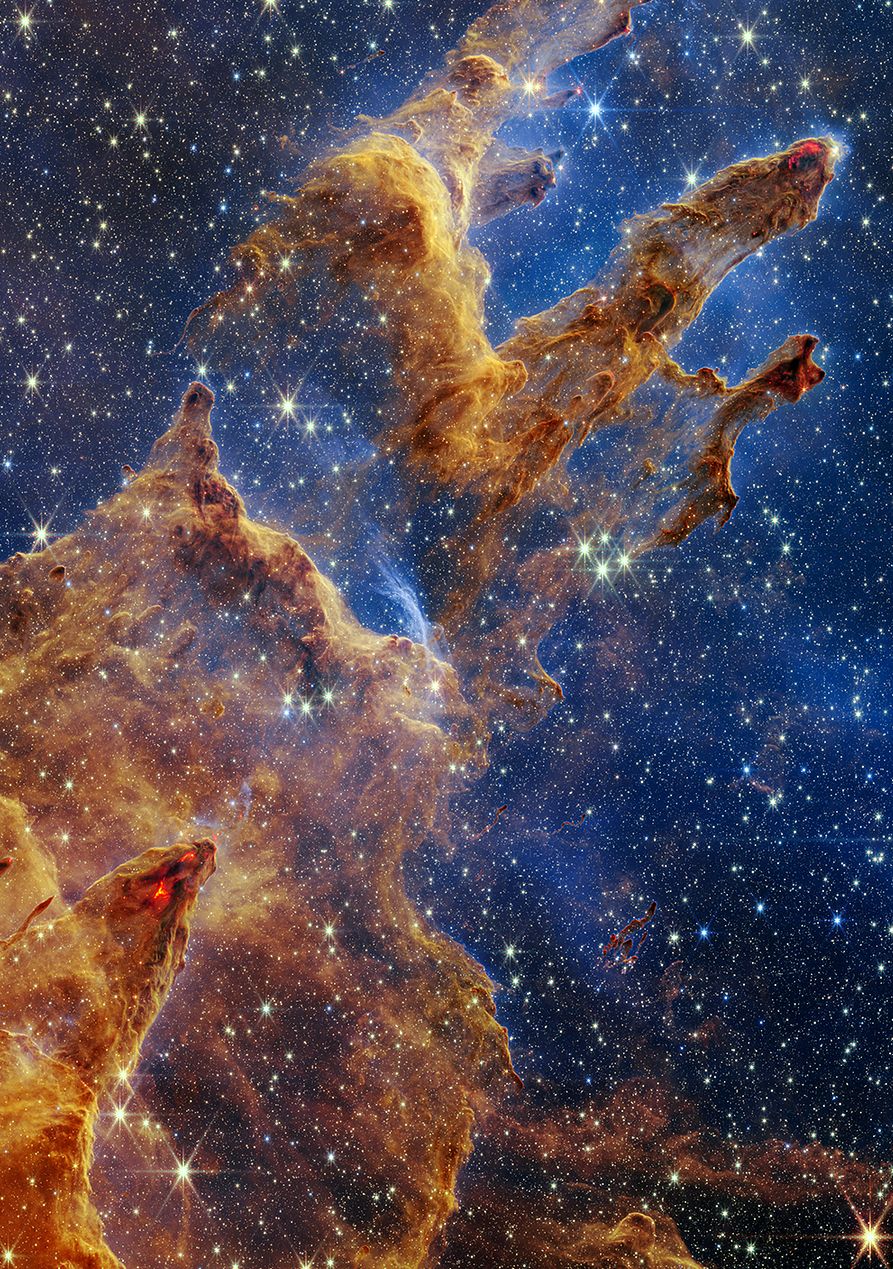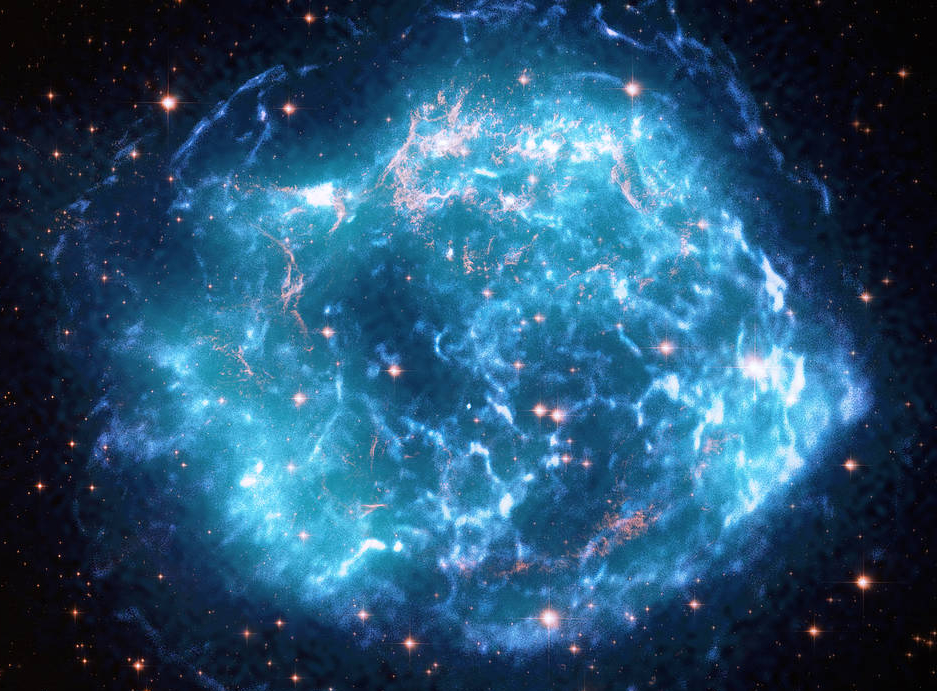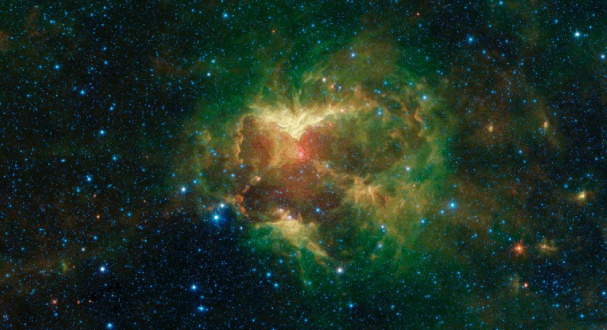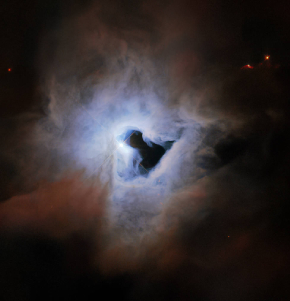Pictures of Stars up close

The picture above is a picture of the Pillars of Creation first imaged by the Hubble Space Telescope in 1995 that reveals new details about the region.

In the picture above a massive star collapsed in the Cassiopeia constellation, it generated a supernova explosion with some of the fastest shockwaves in the Milky Way.

The picture above is an infrared image of a cloud of gas and dust that looks like the hollowed-out pumpkins we see every Halloween. Nicknamed the “Jack-o’-Lantern Nebula,” it was likely created by powerful outflows of radiation and particles from a massive O-type star, about 15 to 20 times heavier than the Sun.

The picture above is a reflection nebula in the constellation Orion. It is around 1,350 light-years from Earth and lies near the Orion Nebula, the closest region of massive star formation to Earth. It is a relic of recent star formation – it is composed of debris left over from the formation of a newborn star.